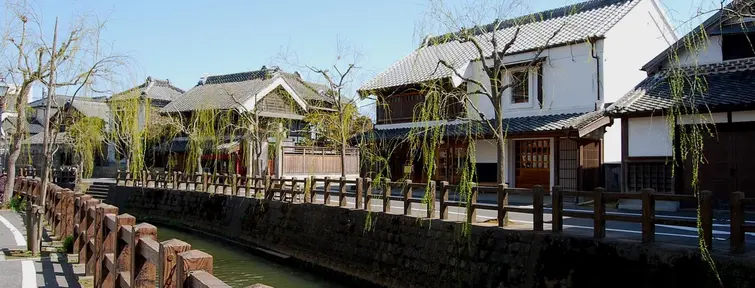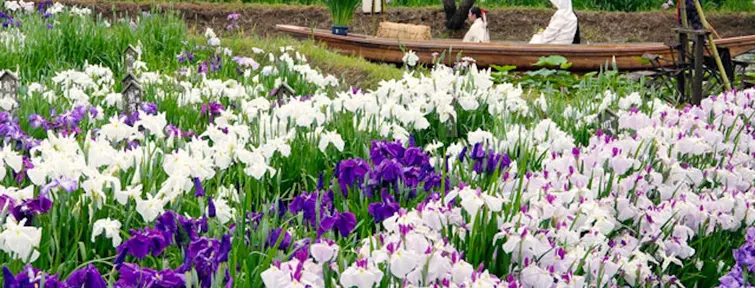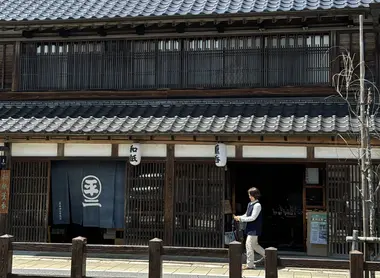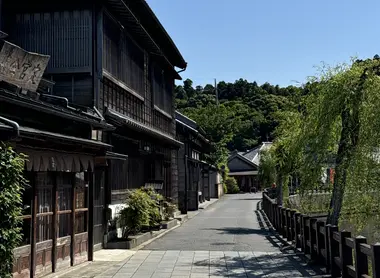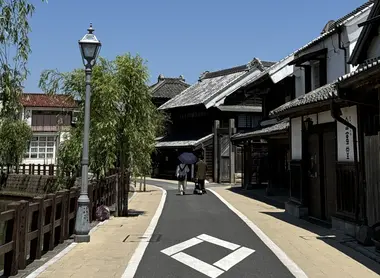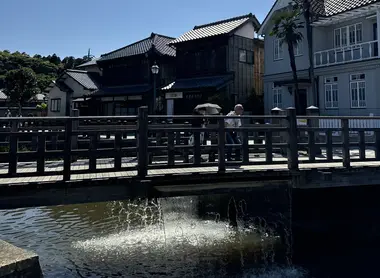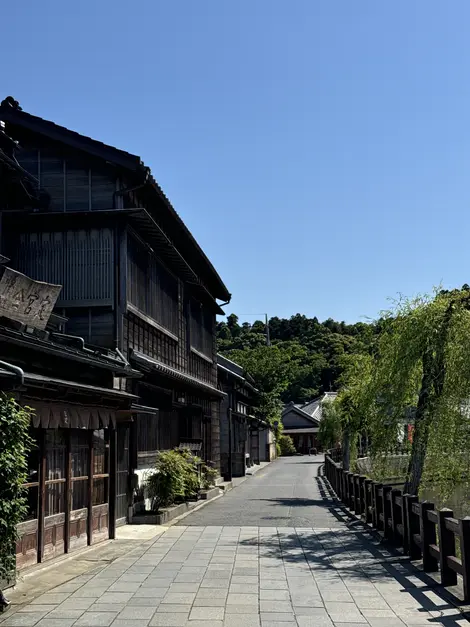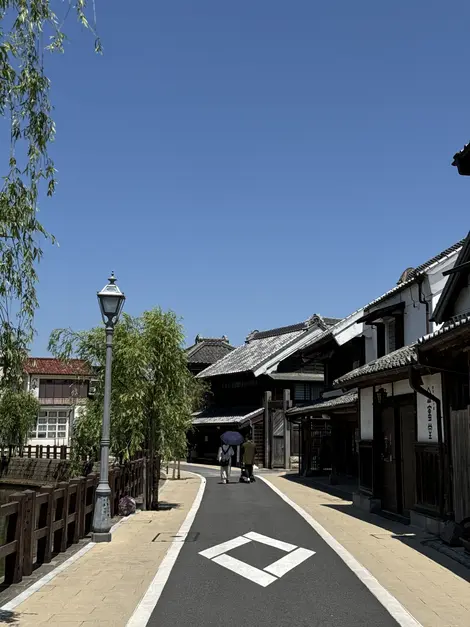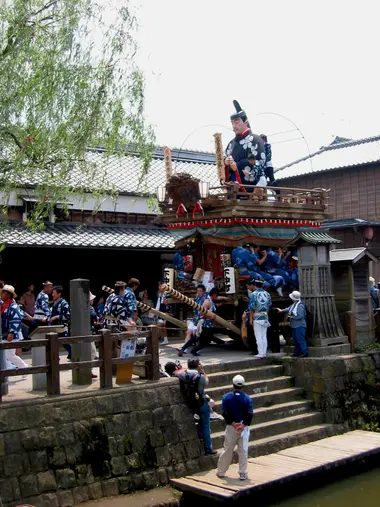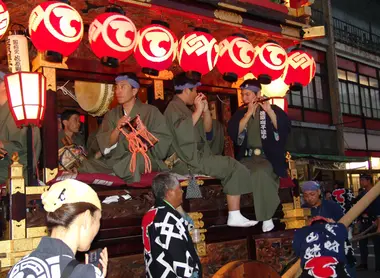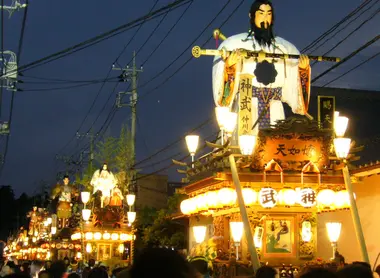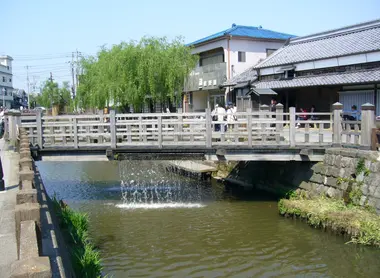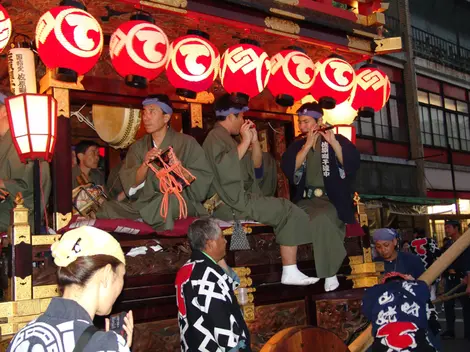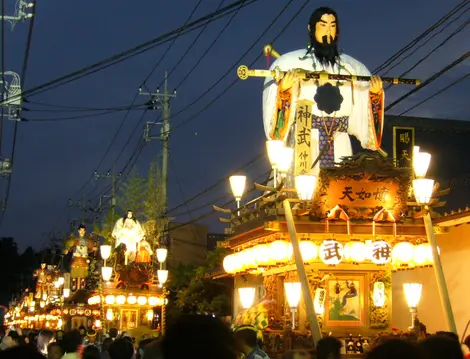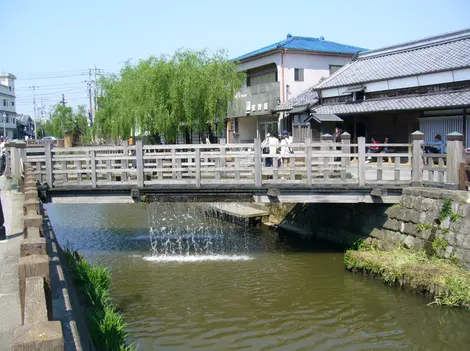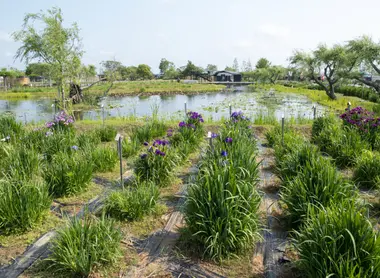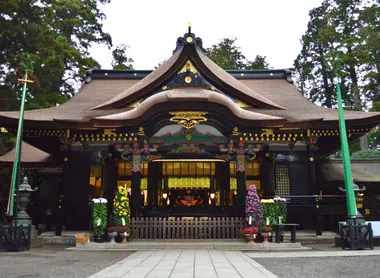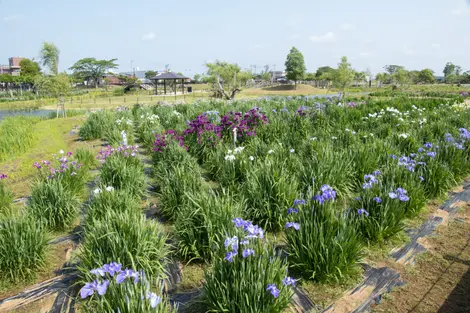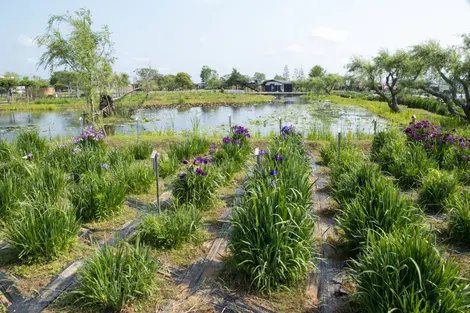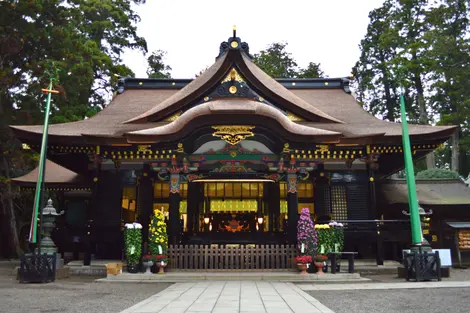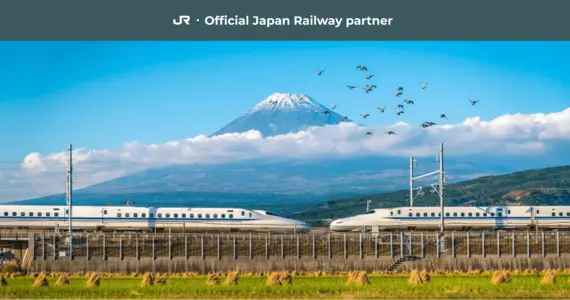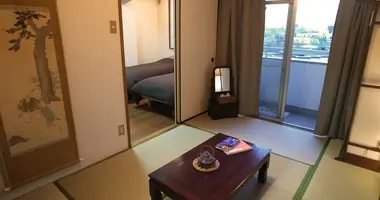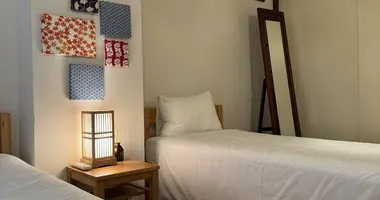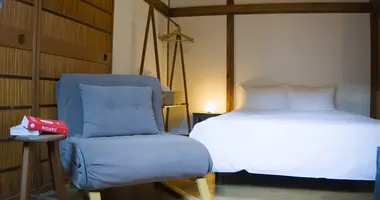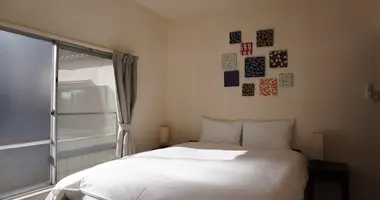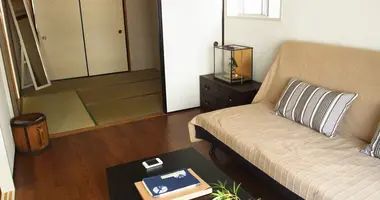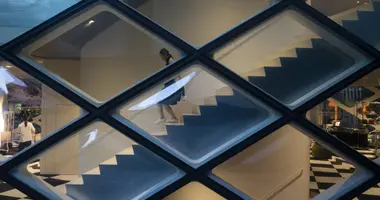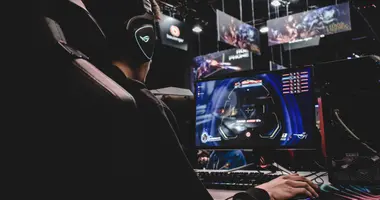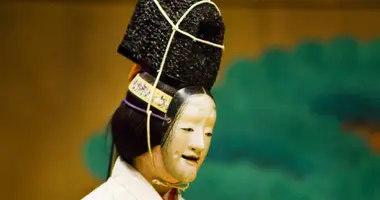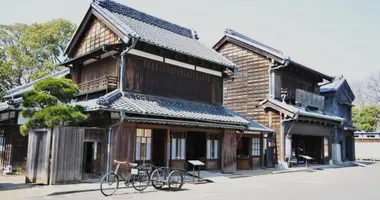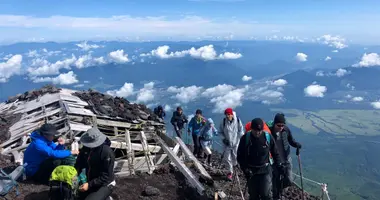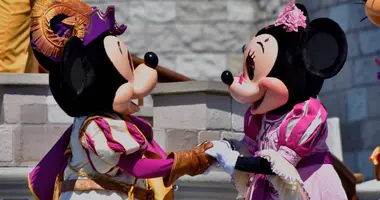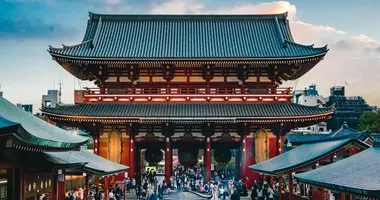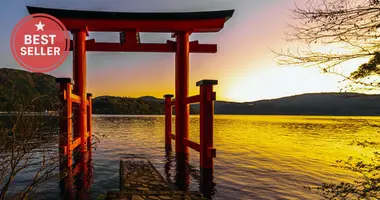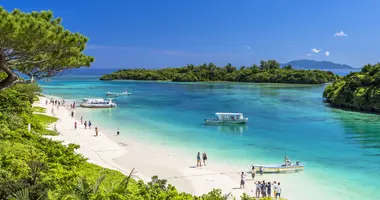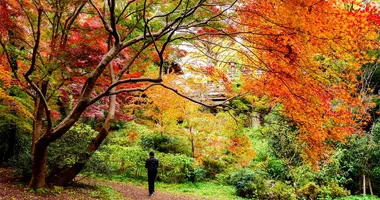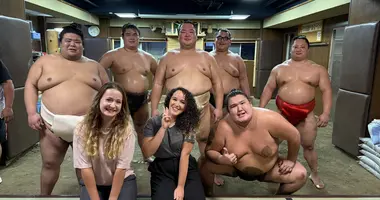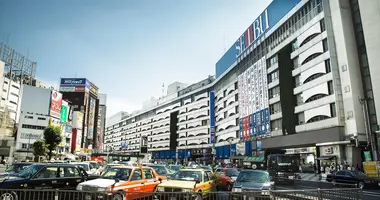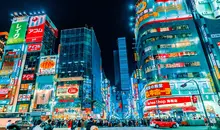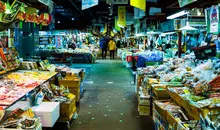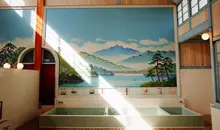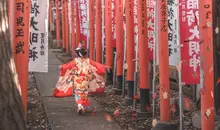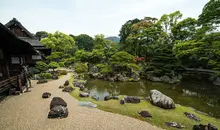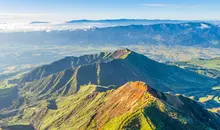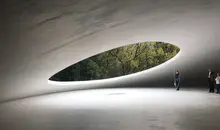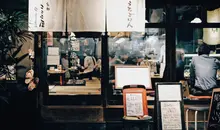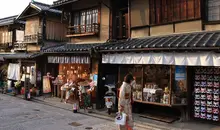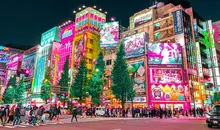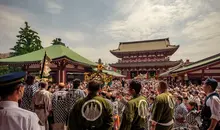Sawara, the "LIttle Edo" of Chiba Prefecture
- Published on : 22/03/2018
- by : J.L.
- Youtube
Chiba's Little Edo
Sawara, a charming town now part of Katori in Chiba Prefecture, is famous for its matsuri with oversized floats, its iris garden and a nostalgic atmosphere of yesteryear.
Propserity of Edo
The town of Katori (formerly Sawara, grouped with other communes) is located in Chiba prefecture, 70 km east of Tokyo and 15 km from Narita International Airport. It's the story of a small farming village that became a prosperous trading village thanks to the Tone River. During the Edo period (1603-1868), goods from the Tohoku region north of Tokyo were shipped via the Tone River rather than the more dangerous and uncertain Pacific coast. It was the Tokugawa Shogun who decided to develop the Tone River into a navigable waterway. The village of Sawara, located on the banks of the Tone River, became an important point of reference and prospered rapidly from the end of the Edo period. It was nicknamed Edo masari, "much more beautiful and better than Edo." By 1787, 35 breweries (sake, shoyû, miso) were operating in Sawara. This was Edo's back kitchen!
The small Ono River, which connects with the Tone River, flows through Sawara, lined with traditional merchants' houses, commission houses and granaries, preserved as they were in their day. All the architecture of the Edo and Meiji eras is concentrated here. The yanagi tree, or weeping willow, runs the length of the river, on which small boats cruise peacefully.
What to see, what to do
The village of Sawara is peaceful and pleasant to visit in any season.
- Boat trip on the Ono River
You can take a 30-minute boat trip on the Ono River for 1,300 yen. Discover the rustic landscapes of Sawara on board a boat and enjoy the calm of the small river!
Near the river, visit the house and museum of Inô Tadataka, a famous cartographer who produced the first map of Japan. He walked and measured all of Japan for 17 years to complete his mission.
- Toyohashi Bridge
Toyohashi Bridge, also known as Jaja-Hashi, is a reproduction of the wooden bridge that once stood at the same location. The bridge has a pipe that passed water between the two banks, and when there was a surplus, the water was released into the Ono River. Today's bridge is the same as it was then, so you can appreciate the "jaja" sound (the onomatopoeic じゃじゃ) that gives the bridge its nickname.
- Sake brewery
You can also visit a traditional sake factory, Tokun Shuzo, in operation since 1825. The visit will be accompanied by a tasting!
- Suigo Sawara Ayame Park
Suigo Sawara Ayame Park is an aquatic botanical garden that can be visited by boat. From late May to June, you can admire 1,500,000 irises of 400 different varieties, and 300 types of lotus all summer long, enough to make your head spin! If you're lucky (during the iris festival in June), you'll see brides and grooms in traditional dress riding around in boats.
- Katori Jingu Shrine
Katori Jingu, 10 minutes from Sawara, is a Shinto shrine and the leading Katori shrine (there are 400 throughout the archipelago, but mainly in Kanto). A majestic building, the most prestigious shrine in the land of Shimousa (the former name of northern Chiba), it was already very important in the Nara period (710-794).
How to get to Sawara
- From Tokyo
Fastest way: From Tokyo station (Bus Terminal Tokyo Yaesu) by bus, the trip is direct to JR Sawara station (Sawara Station North Exit) and takes 1 h 30 min. and costs 1,900 yen.
With the JR Pass : JR Pass holders can reach Sawara from Tokyo Station in 2 hours. From Tokyo station, take the JR Sobu Line to Narita, then the Narita Line to Sawara station.
- From Narita airport
In one hour, take the Keisei Line to Keisei Narita, then Narita station to Sawara with a Narita Line local.
Get around easily with the JR Pass!
Address, timetable & access
Address
Timetable
1h30 by bus from Tokyo Station (Yaesu South Exit) to SawaraAccess
1h30 by bus from Tokyo station to Sawara
